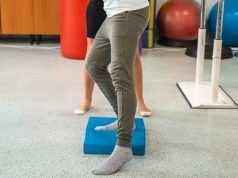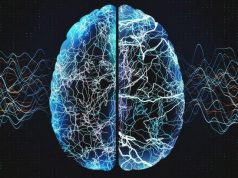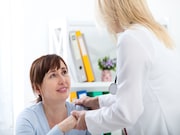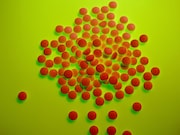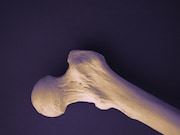Neurology
Home Neurology
Poor Olfaction Tied to Elevated Long-Term Mortality in Seniors
Correlation evident for those who reported excellent-to-good health at baseline, not fair-to-poor health
Gender Differences Seen in Adverse Drug Reactions
Differences found in reaction symptoms and types of drugs tied to adverse reactions
Children With ADHD May Have Higher Risk for Poor Diet
However, having a poor diet does not seem to contribute to ADHD symptom development
Psychostimulant Use Pervasive in Young Adults’ Fatal Strokes
In cases of hemorrhagic stroke among young adults, psychostimulant use should be considered
Significant Number of Referred Patients Misdiagnosed With MS
At MS referral centers, almost one in five new patients have been incorrectly diagnosed with the disease
Naproxen Sodium Does Not Slow Presymptomatic Alzheimer Disease
Study shows increased frequency of adverse events but little impact on rate of change in APS
Stroke Patients Infrequently Screened, Treated for Bone Loss
5.1 percent of patients with stroke, 2.9 percent of those without prior testing had bone mineral density test
Emergency Medical Diseases Account for About Half of Mortality
31 emergency medical diseases contribute 50.7 percent of global mortality in 195 countries
WHO: No More Than One Hour of Screen Time a Day for Young Children
WHO guidelines similar to recommendations from the American Academy of Pediatrics
AAP Updates Guidance for Care in Neurofibromatosis Type 1
Report describes criteria for diagnosis, role of genetic testing, possible health manifestations




